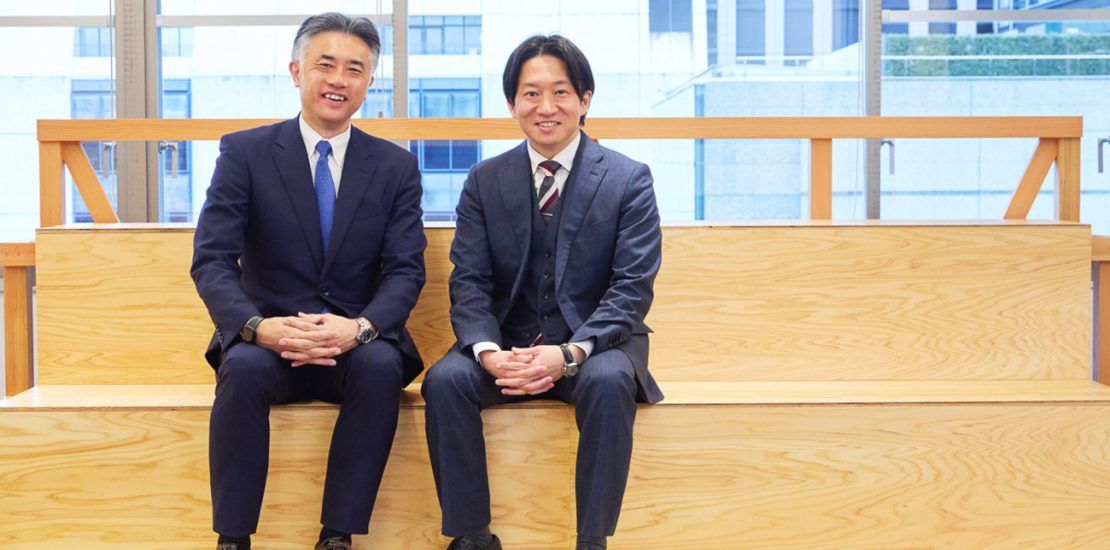- October 7, 2025
- Posted by: Regent Harbor Team
- Category: Global Economy

markdown
Contents
Embracing the Circular Economy in Japan
The Circular Economy (CE) is no longer just a trendy term. It’s transforming into a robust economic model. This system promises sustainability by revolutionizing how we utilize and recycle our resources. It’s splendid news for both people and the planet. Moreover, it presents businesses with fresh opportunities to offer innovative products and services.
Japan’s Strategic Move Towards CE
In the Land of the Rising Sun, the government is championing CE as a cornerstone of its growth strategy. As Shogo Tanaka, Director of Resource Efficiency and Circular Economy Division at the Ministry of Economy, Trade and Industry (METI), puts it: “We envision the circular economy as a means to create added value by optimally utilizing existing resources while minimizing new inputs.”
The notion of CE was initially proposed by Ellen MacArthur in the UK and gained traction in the mid-2010s, first making waves in Europe. In Japan, discussions around CE as a policy began circa 2020, marking a shift from traditional methods. Previously, environmental issues were addressed through an array of laws, like the Waste Management Law and the Basic Act for Creating a Sound Material-Cycle Society. These laws aimed at ensuring proper waste disposal and promoting resource circulation.
Addressing Resource Constraints
Unlike previous approaches, CE tackles resource constraints too, focusing on challenges such as resource depletion and procurement risks. This broader concept not only reacts to limitations but seeks to transform the very economic system, thus fostering economic growth.
The Circular Economy as a Growth Opportunity
The corporate world is taking notice of this transformative vision. As Hidetaka Yamashita, Deputy Head of the Environmental and Energy Headquarters at ORIX, observes, the enthusiasm for CE is mounting. With ORIX delivering waste management services since 1998, customers have recently shifted their focus from mere waste disposal to waste reduction. Moreover, with geopolitical tensions rising, companies now prefer domestic recycling over overseas procurement. Mr. Yamashita considers CE a business game-changer. Recently, ORIX established a dedicated CE unit, aligning with METI’s strategy for a resource-independent economy. This strategy aims to leverage Japan’s resource scarcity into an economic strength.
Advancing Public-Private Collaboration
The collaboration between the public and private sectors is gaining momentum. The government, through the Circular Partners initiative launched in September 2023, is collaborating with industries and academia. This initiative is shaping CE goals and building data platforms. Mr. Yamashita appreciates this open forum for dialogue across sectors.
Bridging Manufacturing and Recycling
Mr. Tanaka envisions a seamless linkage between design, manufacturing, and recycling in CE. Manufacturers act like arteries in a body, while recyclers operate as veins, requiring organic collaboration. ORIX is strategically poised to connect these segments. If waste managers can supply resources to manufacturers, it signifies a monumental shift.
Renewable Energy and CE
ORIX is not resting on its laurels. Its Environmental Energy Headquarters offers renewable energy services, like solar panels and batteries. These too will integrate into the circular economy by being recycled rather than discarded.
Conclusion
The circular economy is reshaping Japan’s economic landscape. As businesses and government unite, CE provides significant growth and sustainability opportunities, positioning Japan as a leader in this global movement.
For further reading on CE, visit Ellen MacArthur Foundation.
